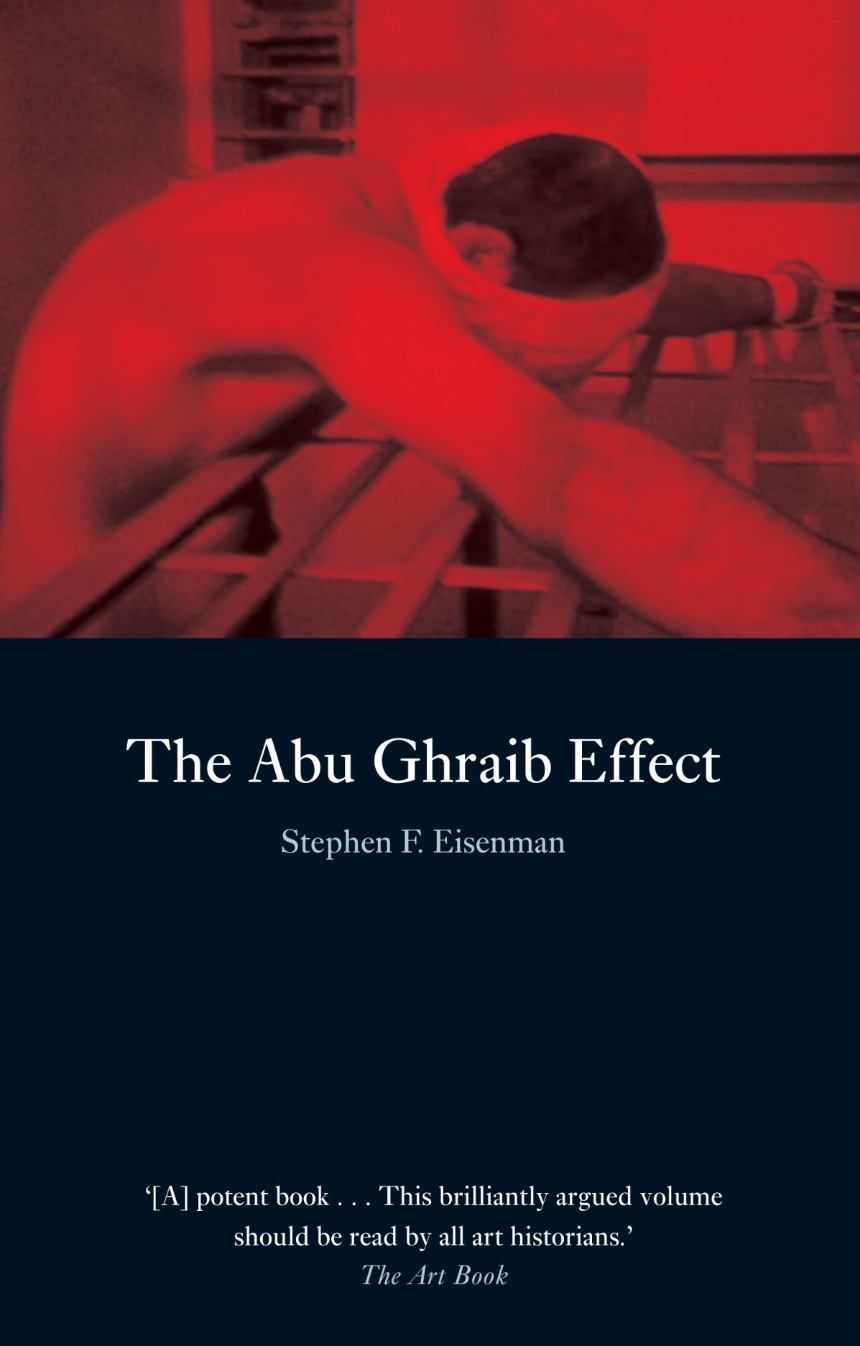Distributed for Reaktion Books
The Abu Ghraib Effect
The line between punishment and torture can be razor-thin—yet the entire world agreed that it was definitively crossed at Abu Ghraib. Or perhaps not. George W. Bush won a second term in office only months after the Abu Ghraib scandal was uncovered, and only the lowest-ranking U.S. soldiers involved in the scandal have been prosecuted. Where was the public outcry? Stephen Eisenman offers here an unsettling explanation that exposes our darkest inclinations in the face of all-too-human brutality.
Eisenman characterizes Americans’ willful dismissal of the images as “the Abu Ghraib effect,” rooted in the ways that the images of tortured Abu Ghraib prisoners tapped into a reactionary sentiment of imperialist self-justification and power. The complex elements in the images fit the “pathos formula,” he argues, an enduring artistic motif in which victims are depicted as taking pleasure in their own extreme pain. Meanwhile, the explicitly sexual nature of the Abu Ghraib tortures allowed Americans to rationalize the deeds away as voluntary pleasure acts by the prisoners—a delusional reaction, but, The Abu Ghraib Effect reveals, one with historical precedence. From Greek sculptures to Goya paintings, Eisenman deftly connects such works and their disturbing pathos motif to the Abu Ghraib images.
Skillfully weaving together visual theory, history, philosophy, and current events, Eisenman peels back the political obfuscation to probe the Abu Ghraib images themselves, contending that Americans can only begin to grapple with the ramifications of torture when the moral detachment of the “Abu Ghraib effect” breaks down and the familiar is revealed to be horribly unfamiliar.

